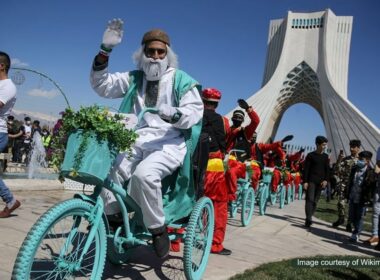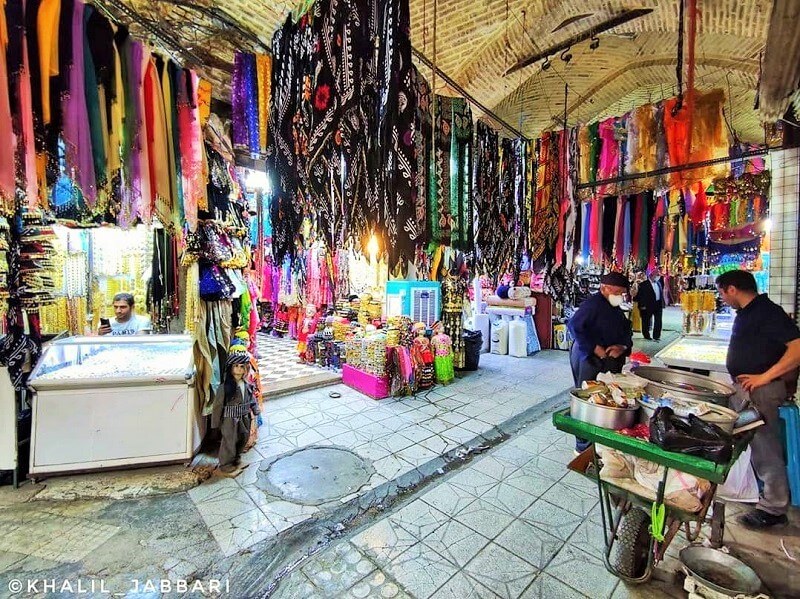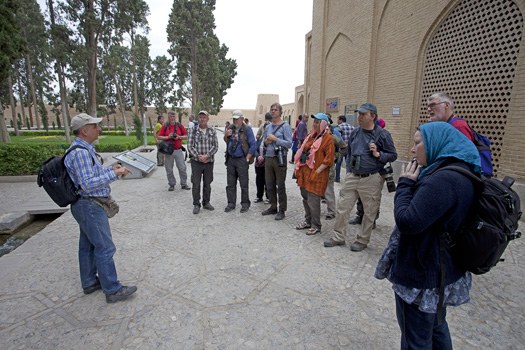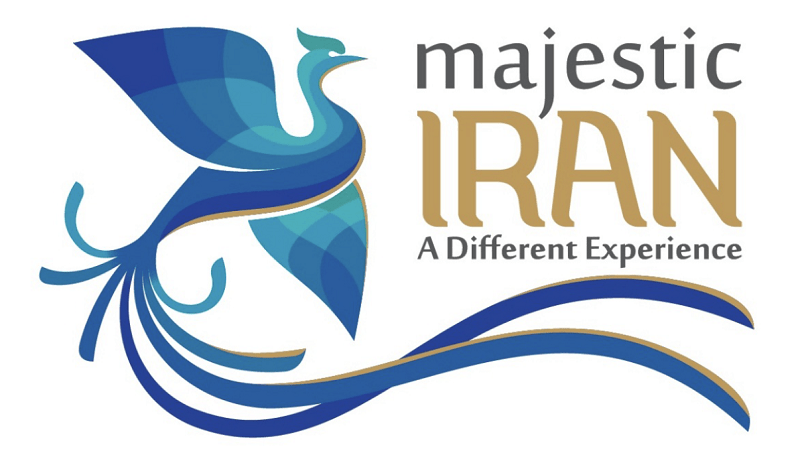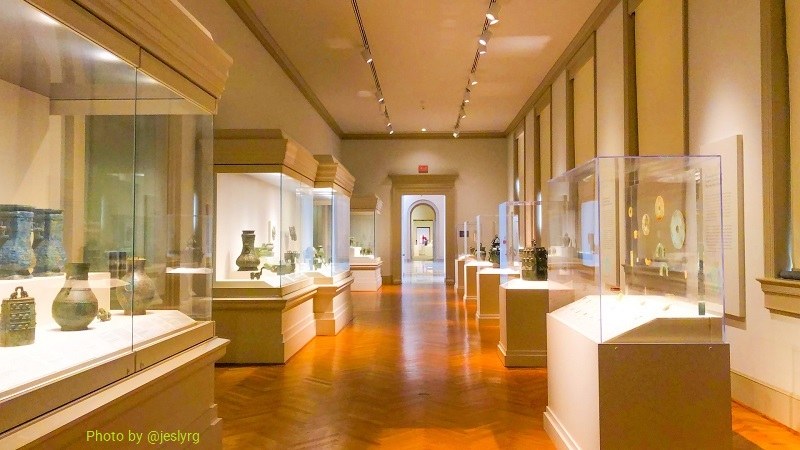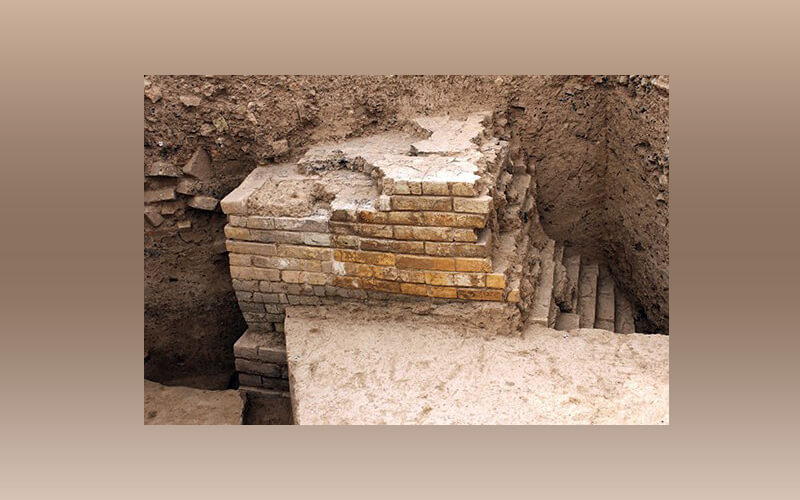
The joint efforts of Iranian-Italian archaeological excavations in Iran bore further fruits in Tal-e-Ajory historical mound in the vicinity of Persepolis. The result has been an Achaemenian gateway near Persepolis and Achaemenian palace already in place before Persepolis had been built! Yes, the fact is that this discovery has unveiled some ambiguous unknown periods about the ancient city of Parseh. The time period is between 559 and 521 BC, the era of the Persian Empire reigned by Cyrus the great and Cambyses.
The Outcome of the Achaemenian Gateway Near Persepolis
According to Cultural New Agency, the dimensions of the recently discovered gateway have been:
- 40 m long walls on the North-South side
- 30 m long walls on East-West side
- 10-12 m thick walls on all sides
This square gateway was built in a 40 sq meter area leading people in and out on SE and NW corridors. There could have been approximately 1000s of 33 cm by 33 cm bricks, each one 11 cm thick forming the gateway. After the fall of Achaemenians, this historical mound built by such large number of bricks was demolished. That’s why local people call it Tal-e-Ajory, meaning brick-made mound.
Art & Architecture at This Achaemenian Gateway near Persepolis
As a result of the recent archaeological excavations in Iran as well as studying 12 other Achaemenian monuments at this side of Persepolis, it’s largely speculated that this part of the ancient city of Parseh used to exist at the time of Cyrus the great and more importantly, before the construction of Persepolis. The reason for such inference is the fact that there are several similarities between the motifs on the glazed bricks of this newly discovered gateway and those of the Mesopotamian myths, in particular with those of Ishtar Gateway in ancient Babylon. Another similarity is found between the plan of the discovered palace near this Gateway and those of ancient Babylon as well as Pasargadae.
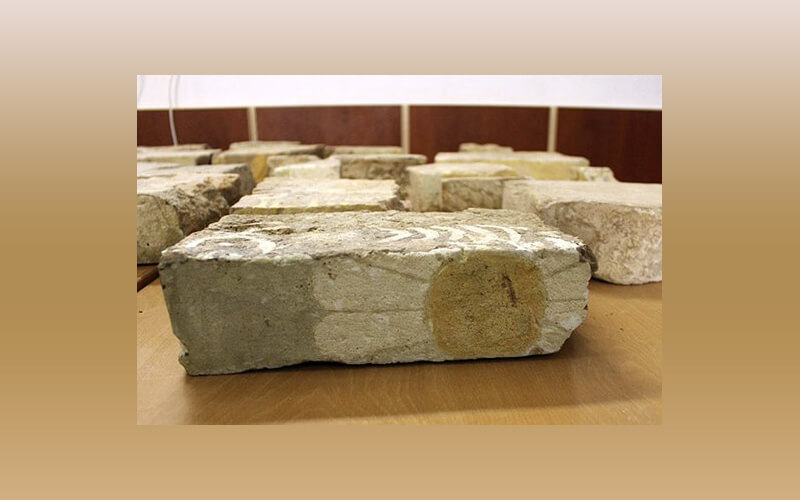
There can be found traces of mythical animals on these glazed bricks. The most significant discovery of this season of archaeological excavations in Iran has been 30 glazed bricks decorated by combinations of winged animals. In most of them, there can be noticed mythical griffins of Elamite and Achaemenian eras depicted with the ancient traditions of SW Iran, Susa, and Mesopotamia. Among all of them, Mushussu, is the legendary animal depicted on bricks like in ancient Babylon. It’s an animal that looks like dragons, lions, and snakes combined.
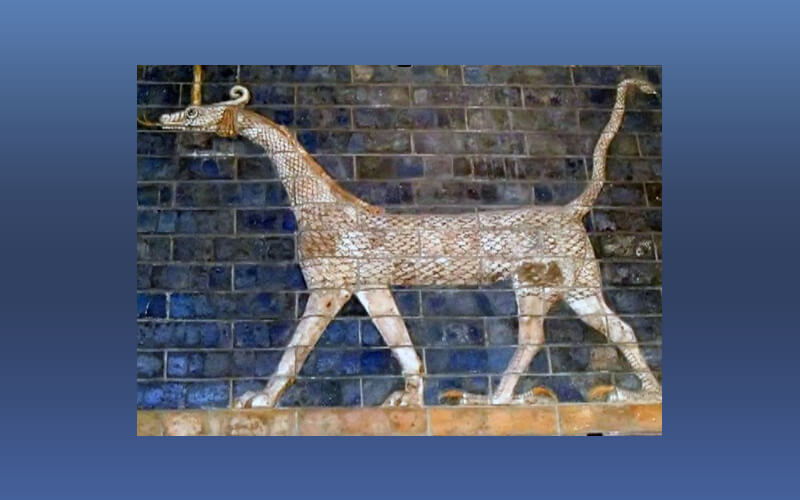
Approximately 100 m South of this historical mound, there’s another historical mound in which a large palace (50 m by 60 m) had been unearthed. The space between this palace and the newly discovered gateway had been planned as Persian gardens with some water supplement structures. Geophysics studies have proved the existence of such gardens and their water supply facilities.
More Discoveries in this Area
As more remnants of ancient monuments are found and more archeological excavations in Iran are carried out, particularly in this area of Iran, an interesting fact is revealed to us: In an area of 600 square acres, there had been laid a landscape with several royal monuments as well as Persian gardens among them, creating a breathtaking view for those inside Persepolis.



